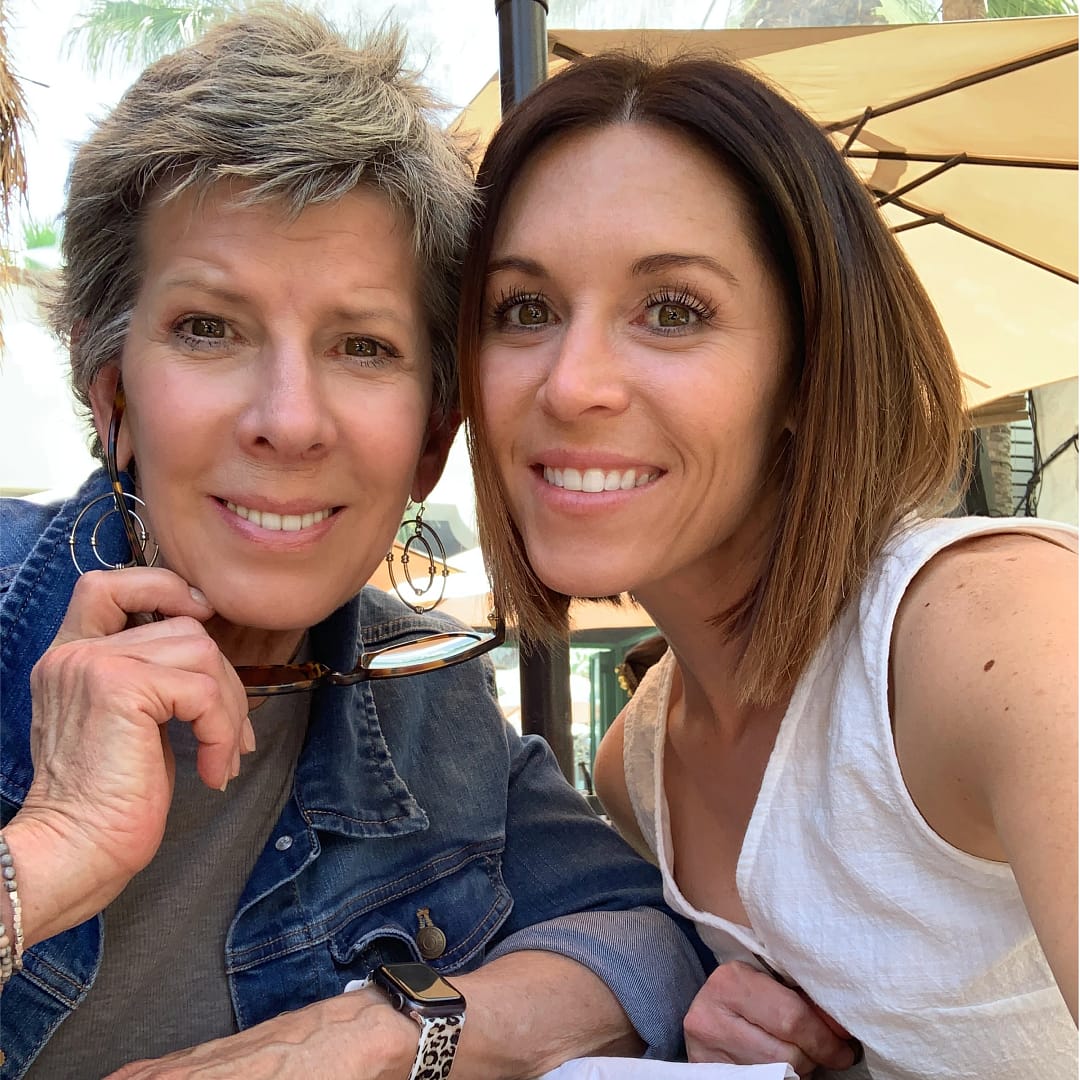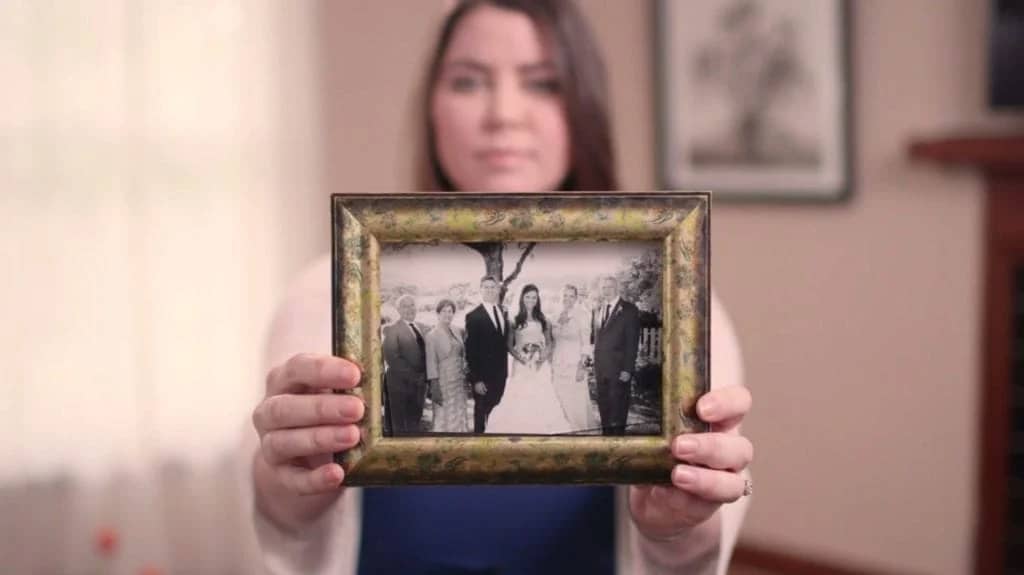
Meghan Reese shared her story in February of 2024.
Even though we had a plan, my mother did not die on her own terms. We could not complete the seemingly prohibitive-by-design process that is Colorado’s End-of-Life Options Act.
Throughout her two and a half years of living with cancer, my mom emphatically chose life. She was extremely independent, spunky and excitedly involved in the lives of her grandchildren. A nurse for 40 years, she was an amazingly compassionate person who had insight into what end-of-life suffering looked like.
In the summer of 2021, a year before she died, we started asking her doctor about medical aid in dying, and he said we weren’t there yet. We had options and a lot of hope; Mom was responding to treatment, so we thought we might even luck out and not need medical aid in dying. Although we wanted to plan, the need to already get our ducks in a row wasn’t on our radar, nor can a patient express their wishes in advance of a six-month or less prognosis, so we didn’t find it necessary to have a doctor on board already.
In March of 2022, my mom was given a prognosis of three to six months to live. Her ovarian cancer oncologist, unwilling to prescribe medical aid in dying, referred us to another facility and physician. We were told that the process had to be overseen by an oncologist specializing in my mom’s current type of cancer, to review her medical history, and confirm a prognosis of less than six months.
We began the process of transferring all care and records to the new referred physician, but we were not able to schedule an appointment for over a month – even after explaining the situation. At that time, we thought we had enough time to proceed with the referral and new-patient process. But things changed from one day to the next; the whole thing became a landslide. During this period of waiting for a new physician and care team, my mom was hospitalized four times.
As we waited for the appointment and additional testing was provided by her current oncology team, my mom was then diagnosed with a second terminal cancer, triple negative breast cancer. We found out that her ovarian cancer, according to her ovarian oncologist, was actually stable; therefore, we then had to establish care with an oncologist specializing in breast cancer, essentially starting over. I had to call the new office and ask specifically if the physician participated in medical aid in dying before we established care again. I felt like a salesperson trying to convince doctors that my mom had made the “right” decision. Luckily this physician was incredibly supportive and willing to prescribe.
After years of treatment, a second diagnosis and additional hospitalizations, on May 19, 2022, Mom was able to formally put in her first request for medical aid in dying by filling out the initial paperwork with her new breast cancer oncologist. Following the initial request and the overwhelming amount of paperwork, documentation and justifications, we then needed a second physician to sign off on the process after the 15-day waiting period. I contacted my mom’s original ovarian cancer oncologist (who was not willing to prescribe) to ask if he would at least serve as the secondary physician confirming that my mother met the criteria to access this option. I assumed that it would be easy for him to support her decision given that he had originally provided my mother with her terminal prognosis, would not be the prescribing physician and had cared for her since May of 2020.
After waiting a week for his response, he declined to sign paperwork, even to confirm the prognosis he previously provided us. Now we would have to wait for yet another physician and another appointment to get my mom the support she was desperately seeking from her care team.
I contacted my mom’s (and my) primary care physician, in a panic, to ask if she would be willing to sign. She immediately said yes, and we scheduled a call for her to talk with my mom and sign off as the consulting physician. Finally we felt hopeful that my mom would get the peace of mind she was anxiously pursuing. “I just want to have it in my hands so that I can decide when I go,” she said. “I don’t want this cancer to decide for me. It has dictated what I can and cannot do for years. This is my choice.”
By that time my mom was beginning to deteriorate and required pain meds constantly. I had to temporarily discontinue the pain meds to ensure she would be alert during the scheduled video call with the doctor. It took nearly five days after restarting the pain meds to catch up with her pain again. It was traumatic and yet a necessary step in the process.
We thought we were on our way to the final step of receiving the medication, but all the delays resulted in my mom’s breast cancer doctor being out of the country when we needed to reach her. She had to be the final signer. There was no contingency plan in place.
The oncologist contacted us as soon as she returned, days later, but it was too late. By that time my mom was not conscious long enough to sign or participate in a phone call.
The stress this law, in its current form, put on my mom and my family is indescribable. Her death was the opposite of peaceful. We pictured us saying goodbye to mom before such a steep decline, and she pictured us not watching her suffer. Improvements to Colorado’s End-of-Life Options Act are necessary.
Expanding the authorization for advanced practice registered nurses (APRNs) to prescribe aid-in-dying medication is crucial for enhancing accessibility to this law. This would have been particularly beneficial in scenarios like ours, where delays occurred due to the unavailability of a supporting physician within a specific timeframe and the inability to utilize a secondary signer. Moreover, the absence of an accessible database of participating physicians places an unnecessary burden on patients, who must initiate inquiries themselves, leading to increased anxiety for both patients and their families. A larger pool of prescribers would mitigate these barriers and facilitate easier access to this end-of-life option
Moreso, reducing the mandatory waiting period from 15 days to 48 hours could have made the difference for us. The timing of decline in terminal patients is not predictable – and certainly doesn’t align with a 15-day waiting policy. I knew this option was on my mom’s mind from the day she was diagnosed in 2020. By the time a dying patient makes that first verbal request, there is no changing their mind. This is not something that anyone takes lightly. They may not take the medication, but they all want the comfort of having it on hand just in case.
The failure of my mom’s medical aid-in-dying process is a combination of factors, but of highest degree of fault is the complexity of the process itself, the egregious waiting period, and the lack of prescribing medical professionals. The faults in the system are not just logistics, they are someone’s end-of-life story.
Read More:
Huffington Post (op-ed) – My Dying Mom Chose to End Her Life With Dignity. Then Her Choice Was Stolen From Her.

Nothing advances our common cause of improving end-of-life care like real stories. Inspire others and drive change by sharing your story today.
Mail contributions directly to:
Compassion & Choices Gift Processing Center
PO Box 485
Etna, NH 03750